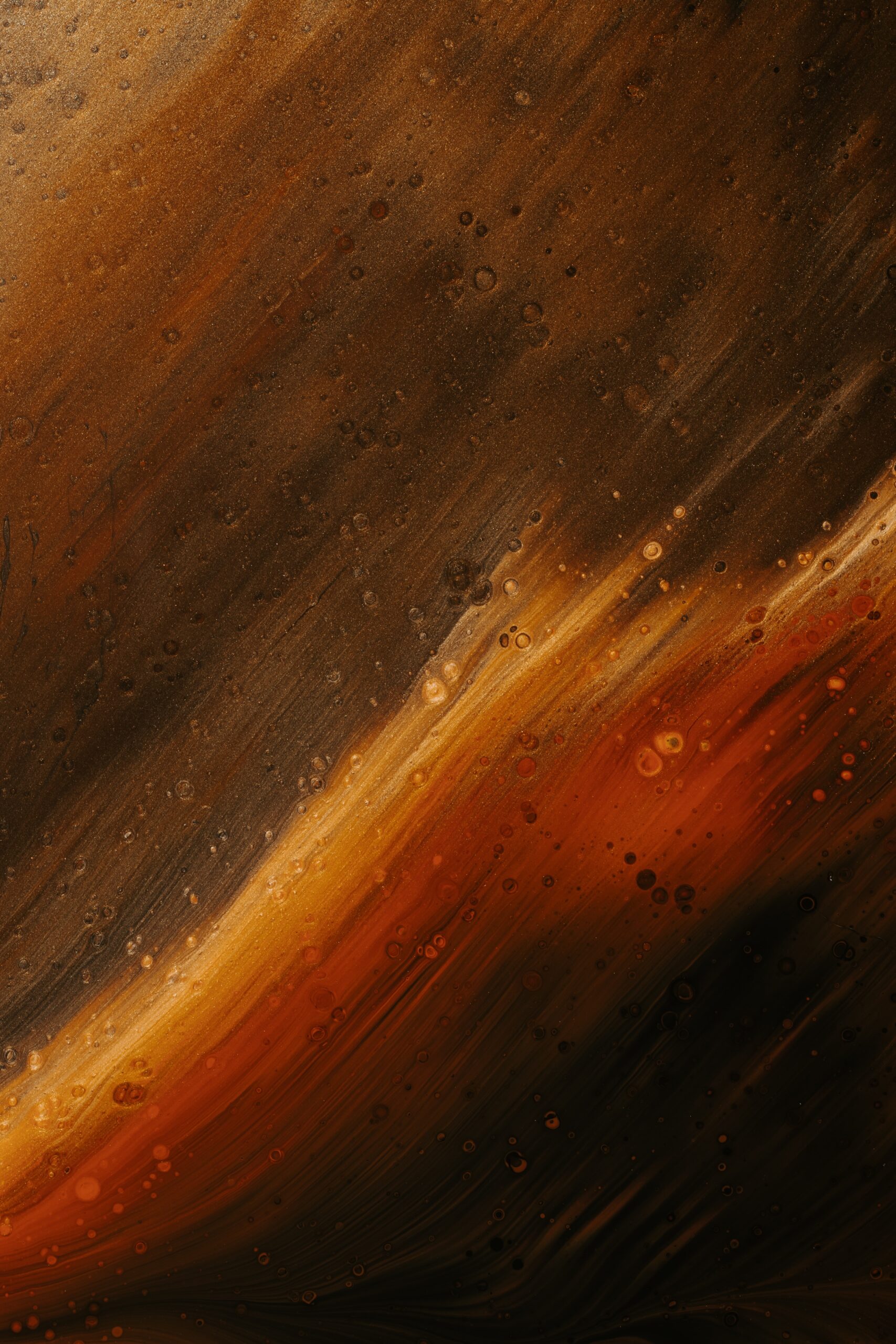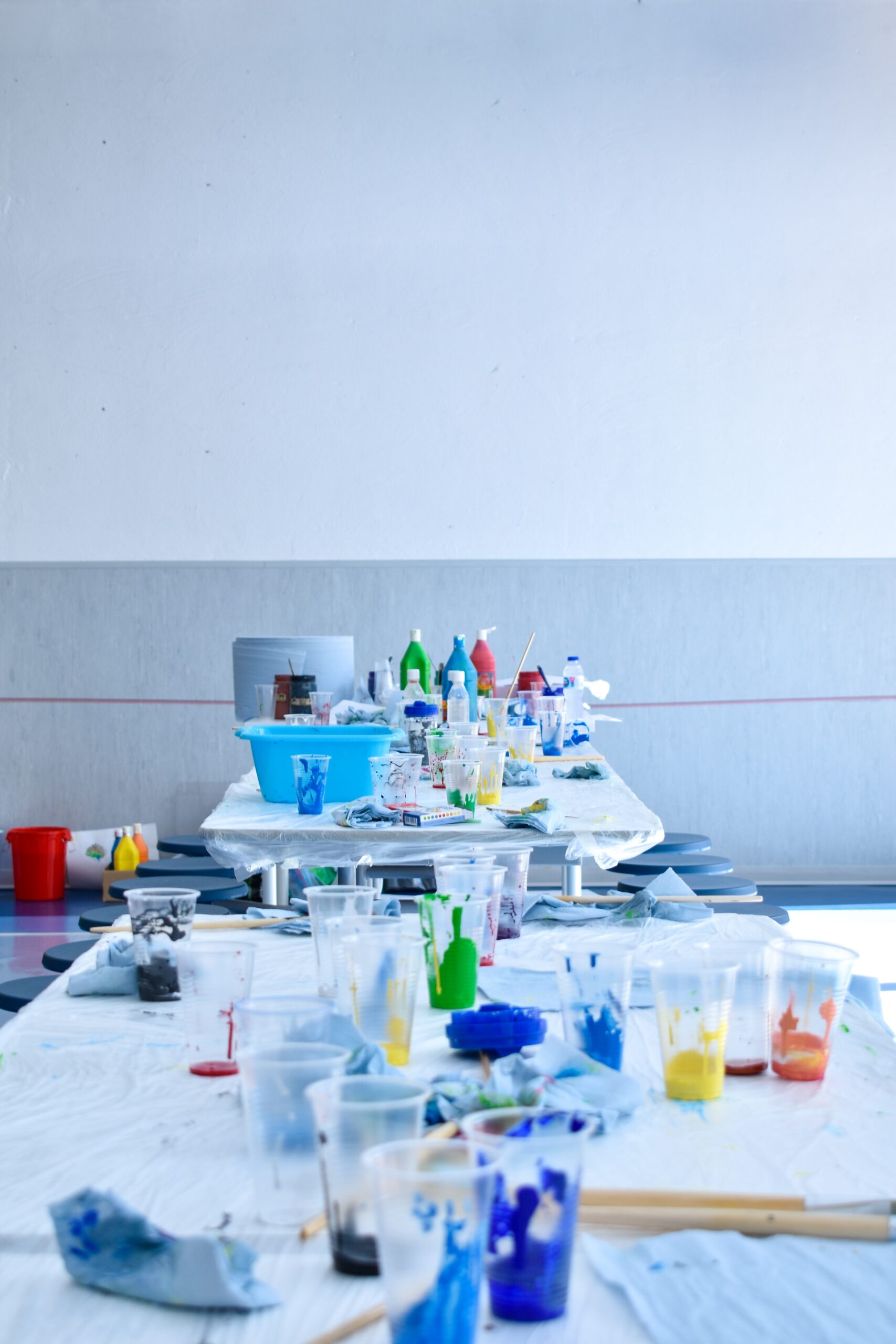You’ve been working on a painting for hours, meticulously adding layers and details with acrylic paint. But as you go to use a color you haven’t touched in a while, you realize that the paint has dried up. Don’t worry, because in this article, you’ll discover an easy and effective method to rehydrate dried acrylic paint, allowing you to continue your artistic journey without any hindrances.
Understanding Dried Acrylic Paint
What Causes Acrylic Paint to Dry
Acrylic paint dries due to the evaporation of water and the polymerization of the acrylic binder. When acrylic paint is exposed to air, the water content gradually evaporates, leaving behind a hardened film. The polymerization process occurs as the acrylic binder molecules cross-link, forming a solid and stable film.
Effects of Dried Acrylic Paint
Dried acrylic paint is characterized by its strong adhesion, durability, and resistance to water and fading. It creates a protective layer on the surface it is applied to, preserving the artwork for years to come. However, if acrylic paint dries in a container or on a palette, it becomes unusable unless rehydrated. Dried acrylic paint can also develop cracks, lose color vibrancy, and have a rough texture.
Why Rehydrate Dried Acrylic Paint
Rehydrating dried acrylic paint allows you to revive and restore the paint’s original consistency, ensuring its usability. It is an excellent way to reduce waste and save money, as you can continue using the paint rather than discarding it. Rehydrating dried acrylic paint also enables you to mix custom colors, experiment with different techniques, and create new artworks without needing to buy new tubes of paint.
Preparation and Safety
Gather Required Materials
Before rehydrating dried acrylic paint, gather the following materials:
- Dried acrylic paint tubes or palette
- Small containers for mixing
- Water or other rehydration mediums such as acrylic retarder, acrylic medium, acrylic paint thinner, or commercial paint rehydrators
- Stirring tools such as brushes or palette knives
- Palette or mixing surface
- Protective gloves (optional)

Protective Measures
When working with dried acrylic paint and rehydration mediums, it is important to take certain precautions. While not strictly necessary, wearing protective gloves can help prevent skin contact with potentially drying or irritating substances. Additionally, ensure you have good ventilation in your workspace to avoid inhaling any fumes that may be released during the rehydration process.
Methods for Rehydrating Dried Acrylic Paint
Using Water
Water is the most accessible and cost-effective method for rehydrating dried acrylic paint. By gradually adding water and stirring, you can soften the paint and restore its viscosity. However, excessive water can dilute the color and negatively affect the paint’s properties.
Using Acrylic Retarder
Acrylic retarder is a specialized additive that slows down the drying time of acrylic paint. When used for rehydration, it can effectively soften and rejuvenate dried acrylic paint. The retarder helps break down the hardened film, allowing the paint to return to its original state without compromising color intensity or stability.
Using Acrylic Medium
Acrylic medium is a versatile material that can serve various purposes, including rehydrating dried paint. It contains a balance of water and acrylic polymer, allowing it to dilute and soften dried paint effectively. Using an acrylic medium can help restore the paint’s smooth consistency and improve its workability.

Using Acrylic Paint Thinner
Acrylic paint thinner, also known as a solvent, is another option for rehydrating dried paint. It breaks down the dried acrylic paint by dissolving the acrylic polymer. Before using an acrylic paint thinner, it is essential to check if it is compatible with the specific brand or type of acrylic paint you are rehydrating.
Using Commercial Paint Rehydrators
Commercial paint rehydrators are specifically formulated products designed to rehydrate dried paint. They often contain a combination of water, additives, and conditioning agents to soften and restore dried acrylic paint. While they may be more expensive than other methods, they offer convenience and assurance of optimal rehydration results.
Step-by-Step Guide
Preparing the Paint
Before starting the rehydration process, gather your dried acrylic paint tubes or palette. If using tubes, squeeze a small amount of dried paint onto your palette. If using a palette, scrape off the dried paint flakes from the surface. Ensure the paint is in small, manageable portions for easier rehydration.
Choosing the Rehydration Method
Based on the materials you have available and the desired outcome, choose the most suitable rehydration method. Consider factors like the paint’s consistency, color intensity, and your personal preference. Each method has its benefits and may yield different results, so experimenting and finding what works best for you is encouraged.

Rehydrating with Water
To rehydrate dried acrylic paint using water, start by adding a small amount of water to the dried paint on your palette or in a mixing container. Gradually mix the water into the paint, using a brush or palette knife. Continue adding water and mixing until the desired consistency is achieved. Avoid adding excessive water, as it can dilute the paint and affect color vibrancy.
Rehydrating with Acrylic Retarder
To rehydrate dried acrylic paint with an acrylic retarder, mix a small amount of acrylic retarder with the dried paint on your palette or in a separate container. Use a brush or palette knife to blend the retarder into the paint until the desired consistency is obtained. The retarder will help soften the dried paint without compromising its performance.
Rehydrating with Acrylic Medium
When rehydrating dried acrylic paint with an acrylic medium, mix a small amount of the medium with the dried paint on your palette or in a separate container. Stir the mixture thoroughly until the dried paint is completely mixed with the medium. The acrylic medium will help break down the hardened paint and restore its original consistency.
Rehydrating with Acrylic Paint Thinner
If using acrylic paint thinner, first, ensure it is compatible with the specific brand and type of acrylic paint you are rehydrating. Mix a small amount of acrylic paint thinner with the dried paint, gradually adding more as needed. Stir the mixture until the paint softens to your desired consistency. Exercise caution when using acrylic paint thinner, as it can affect color intensity and drying time.

Rehydrating with Commercial Paint Rehydrators
Follow the instructions provided by the manufacturer of the commercial paint rehydrator. These products often require adding a specific amount of the rehydrator to the dried paint and mixing thoroughly. Allow the paint to sit for a specified period to rehydrate fully before using.
Tips for Rehydration
Avoid Over-Mixing
When rehydrating dried acrylic paint, avoid excessive stirring or mixing. Over-mixing can introduce air bubbles, change the paint’s texture, and affect its drying time. Instead, mix the paint until it reaches a smooth and consistent state and then stop.
Experiment with Dilution
Rehydrating dried acrylic paint gives you the opportunity to experiment with different dilution levels. By adjusting the amount of water or rehydration medium you use, you can create various consistencies and textures in your paint. Try different ratios to find the perfect balance for your desired effect.
Use Appropriate Tools
Choose appropriate tools for rehydration, such as brushes or palette knives. Sturdy brushes with synthetic bristles are ideal for mixing and blending the paint. Additionally, have a dedicated palette or mixing surface to prevent contamination between colors and mediums.

Work in Small Batches
Rehydrating dried acrylic paint in small batches allows for better control and prevents wasting paint. Start with a small amount of dried paint and gradually add water or rehydration medium as needed. This way, you can adjust the consistency and color intensity accurately without the risk of over-diluting or wasting excess paint.
Store Rehydrated Paint Properly
Once you have rehydrated the dried acrylic paint, ensure you store it properly. Transfer the rehydrated paint to airtight containers or tubes, ensuring there is minimal contact with air. Label the containers with the paint’s color and date of rehydration for easy identification. Proper storage helps preserve the rehydrated paint’s quality and extends its usability.
Troubleshooting Dried Paint
Paint Texture Issues
If the rehydrated acrylic paint has a lumpy or grainy texture, try adding a small amount of fresh acrylic medium or water. Mix it thoroughly until the texture becomes smooth and consistent. Be cautious not to over-dilute the paint in the process.
Color Fading or Discoloration
Dried acrylic paint may experience color fading or discoloration over time. To revive the color intensity, consider mixing in a bit of fresh paint of the same color. Gradually incorporate it into the rehydrated paint until the desired color vibrancy is achieved.
Cracking or Flaking
If rehydrated acrylic paint exhibits signs of cracking or flaking, it may be due to insufficient rehydration or an improper balance of water and acrylic medium. Try adding more water or medium, depending on the rehydration method used, until the paint achieves a smooth consistency.
Paint Smell
Rehydrated acrylic paint may sometimes have a strong odor, especially if it has been stored for a long time. To reduce the smell, leave the rehydrated paint exposed to fresh air for a period, allowing any trapped odors to dissipate. Avoid inhaling the fumes directly and maintain adequate ventilation while working.
Paint Separation
If rehydrated acrylic paint appears to separate or have a watery consistency, it may indicate an improper mixture or insufficient stirring. Thoroughly mix the paint using a brush or palette knife until the water and paint are properly blended. Ensure all components are well incorporated to achieve a uniform consistency.
Common Mistakes to Avoid
Adding Excessive Water
When rehydrating dried acrylic paint with water, adding too much water can dilute the paint, affecting its color vibrancy and stability. Add water gradually and mix thoroughly, stopping when the paint reaches the desired consistency.
Not Testing on a Palette first
Before applying rehydrated acrylic paint to your artwork, test it on a palette or a separate surface. This allows you to assess the consistency, color, and texture of the rehydrated paint, ensuring it meets your requirements before applying it to your precious artwork.
Using Incompatible Solvents
When rehydrating dried acrylic paint, ensure the solvents or rehydration mediums used are compatible with the specific brand and type of acrylic paint. Using incompatible solvents can result in detrimental effects on the paint’s performance, color intensity, and drying time.
Skipping Preparatory Steps
Properly preparing the dried paint and considering the rehydration method are essential for successful results. Skipping these steps can lead to uneven rehydration, texture issues, or poor color integrity. Take the time to prepare and plan accordingly to achieve the best possible outcome.
Alternative Uses for Dried Acrylic Paint
Creating Texture
Dried acrylic paint can be used to create interesting textures and effects in your artwork. Apply thick layers or build up texture using palette knives or other impasto techniques. The hardened paint can add depth and dimension to your paintings, enhancing their visual appeal.
Mixed Media Projects
Dried acrylic paint lends itself well to mixed media projects. You can incorporate it into collages, assemblages, or other art forms, adding unique textures and colors to your compositions. The versatility of rehydrated dried acrylic paint opens up endless possibilities for mixed media experimentation.
Craft Projects
Rehydrated dried acrylic paint can also be used for various craft projects. From painting on wood or ceramics to decorating fabric or creating jewelry, the possibilities are vast. The strong adhesion and vibrant colors of acrylic paint make it an excellent choice for crafters wanting to add a touch of creativity to their projects.
Care and Maintenance
Cleaning Tools
After rehydrating dried acrylic paint, make sure to clean your brushes, palette knives, and other tools properly. Use warm water and mild soap to remove any residual paint. Rinse thoroughly and let them air dry before storing or using them again. Proper cleaning ensures the longevity and performance of your tools.
Storing and Preserving Paint Tubes
If you have partially rehydrated acrylic paint left in tubes, ensure they are tightly sealed to prevent air exposure. Store the tubes in a cool and dry place, away from direct sunlight. This helps preserve the rehydrated paint’s quality and extends its shelf life for future use.
Conclusion
Rehydrating dried acrylic paint allows you to salvage and utilize paint that would otherwise go to waste. With various methods available, such as using water, acrylic retarder, acrylic medium, acrylic paint thinner, or commercial paint rehydrators, you can easily revive dried paint and continue creating stunning artwork. By following the step-by-step guide and implementing the tips and troubleshooting solutions, you can confidently bring dried acrylic paint back to life and explore its endless possibilities. Remember to practice proper care and maintenance to ensure the longevity and optimal performance of your rehydrated paints. So, don’t let dried paint discourage you – embrace the opportunity to rehydrate and unleash the creativity within you!



